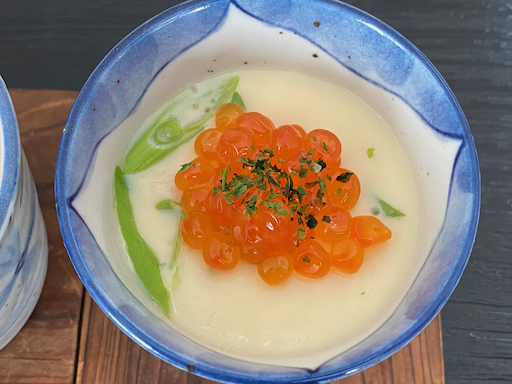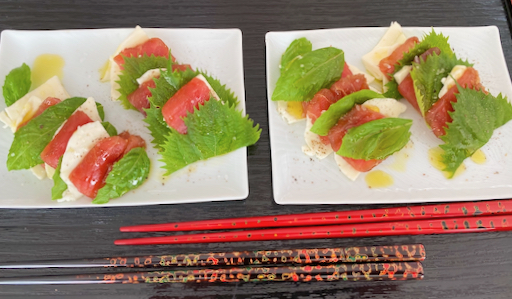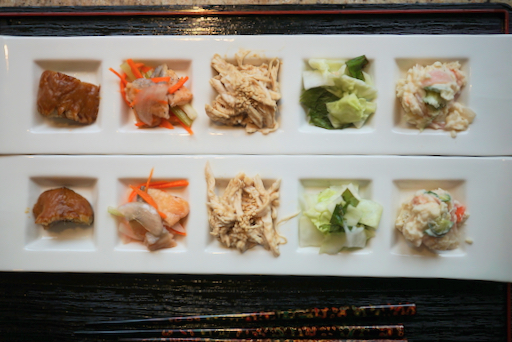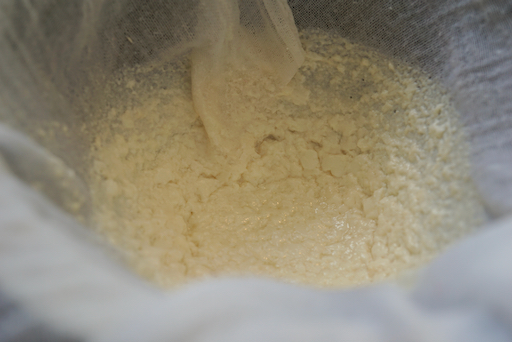Last year, we could harvest only a few myoga (or myouga 冥加) from the new myoga rhizomes we planted in the spring of 2019 to replace the ones that had mysteriously disappeared. But this year we finally got a good harvest. This harvest was much later than usual; mid September instead of early August as in previous years. Nonetheless the myoga buds were much larger and well formed. To harvest myoga, these edible buds are under ground just below the surface. The only way to harvest them is to scrabble in the dirt with your bare hands to find them with your fingers and then dig them up. My wife is skilled and persistent at finding myoga. She can go over a patch I just harvested and dig up many more. She did comment, however, that harvesting myoga wrecks havoc on her manicure. (News Flash! She admitted she has never had a manicure). So, the below is this year’s harvest.
Ingredients:
Myoga (we probably had about 4 cups), cleaned and halved (or whole if they are small)
For sweet vinegar (combine the below in a pan and heat and melt the sugar and salt)
1 cup rice vinegar
1/2 cup sugar
1/2 tsp salt
Directions:
In a sealable container, add the myoga and the sweet vinegar. It may not completely cover the myoga but myoga will exude water and in few days, all myoga will be covered. Seal the lid and refrigerate. It can be eaten after 3-4 days. In the previous post 10 years ago, I said this will keep for at least several weeks but we have eaten the previous batch for at least 3 years. After one year, all the red color was bleached out but it was still good.
We are so delighted to have a decent myoga harvest! We had cold silken tofu (hiya-yakko 冷奴) with thinly sliced myoga and bonito flakes. Myoga has such a distinct flavor which we really missed.




















